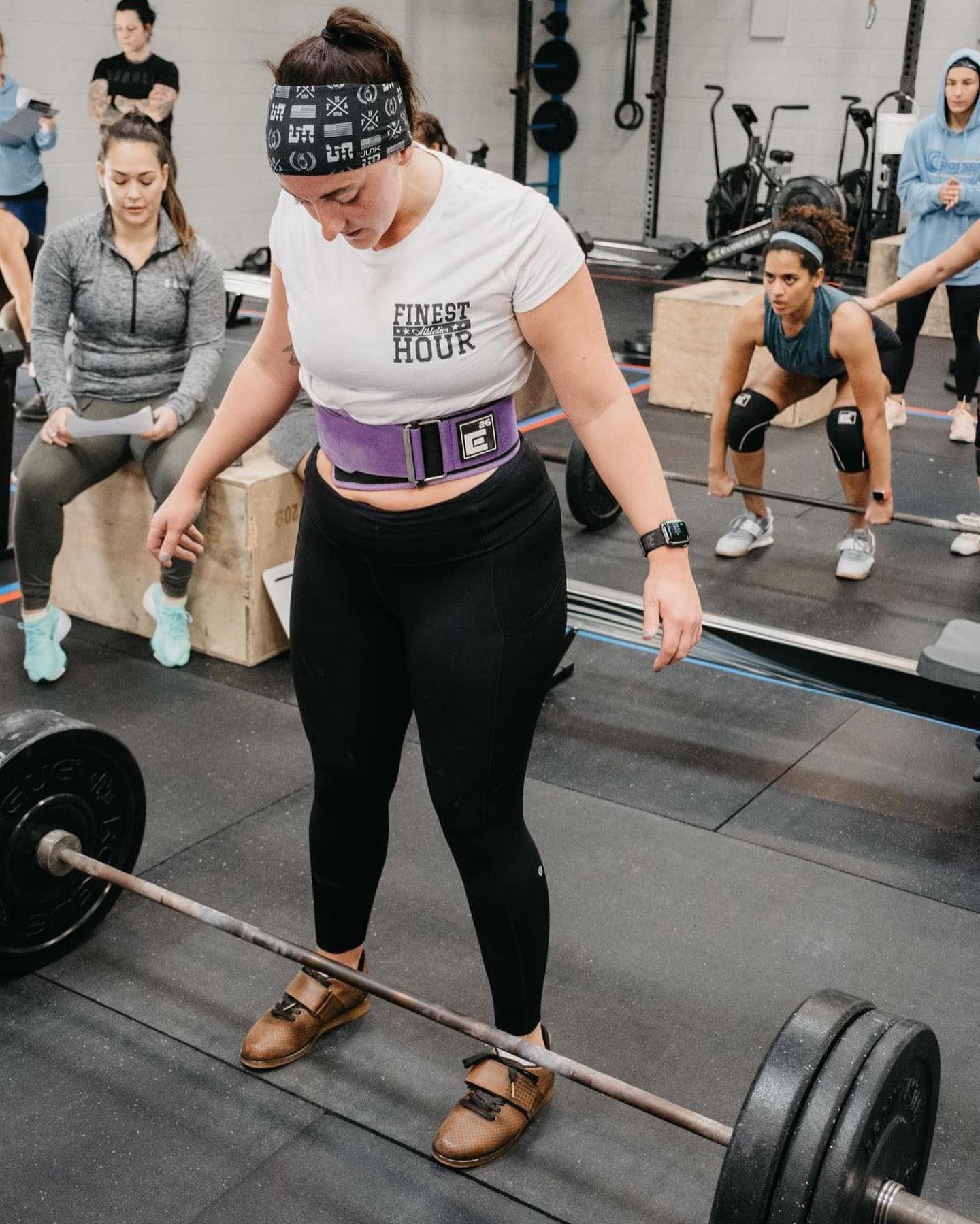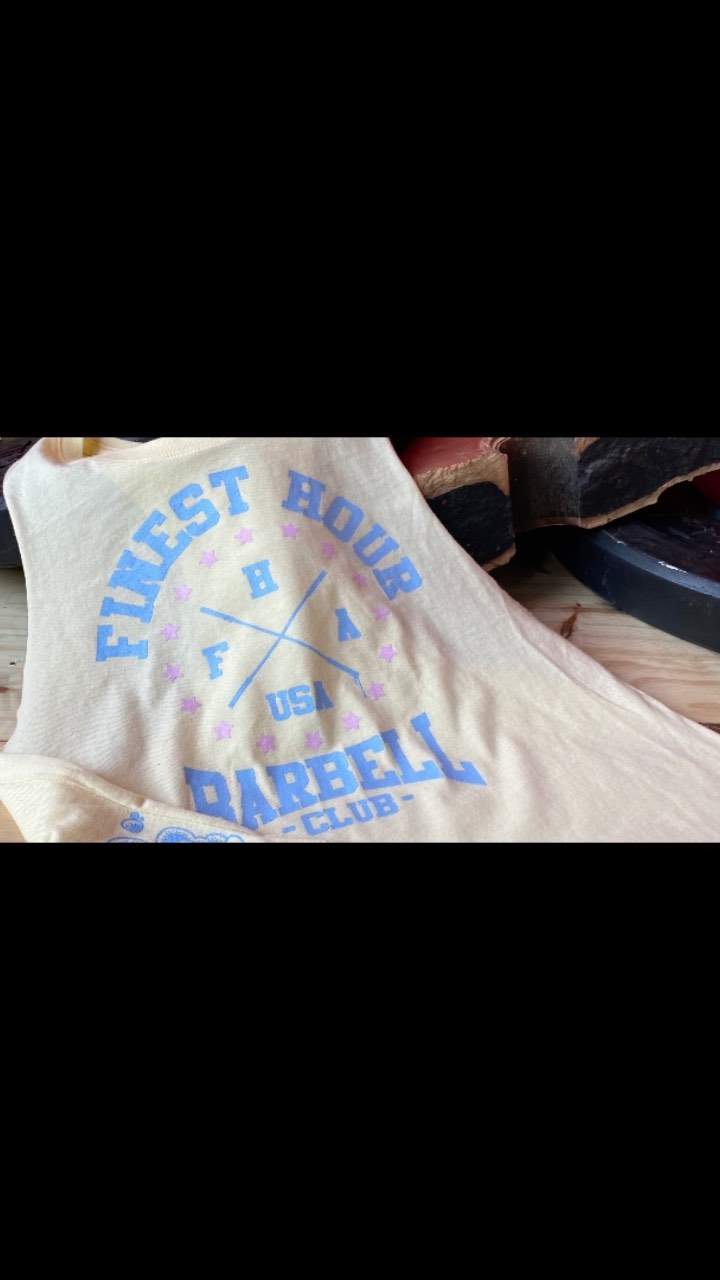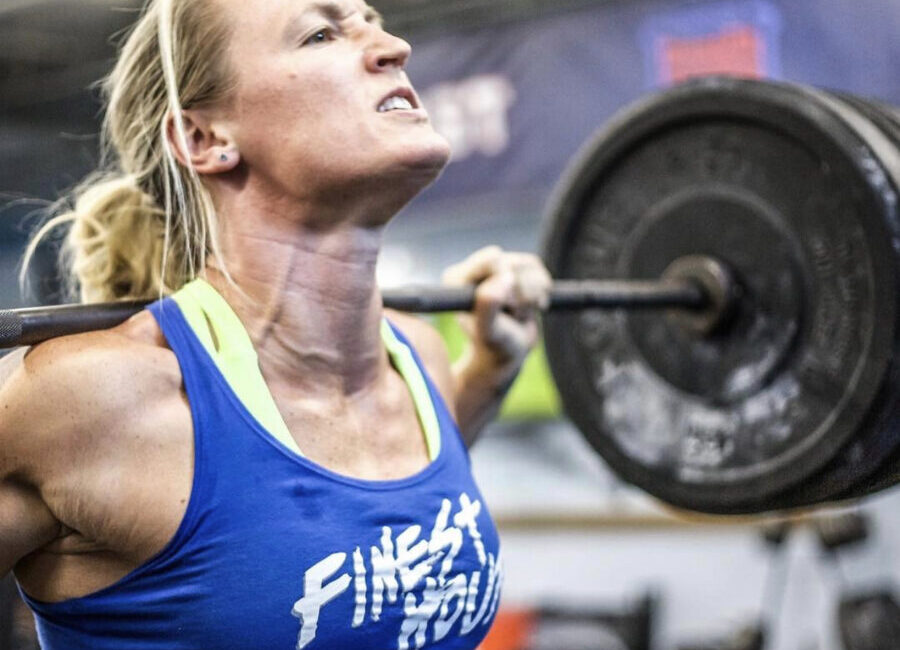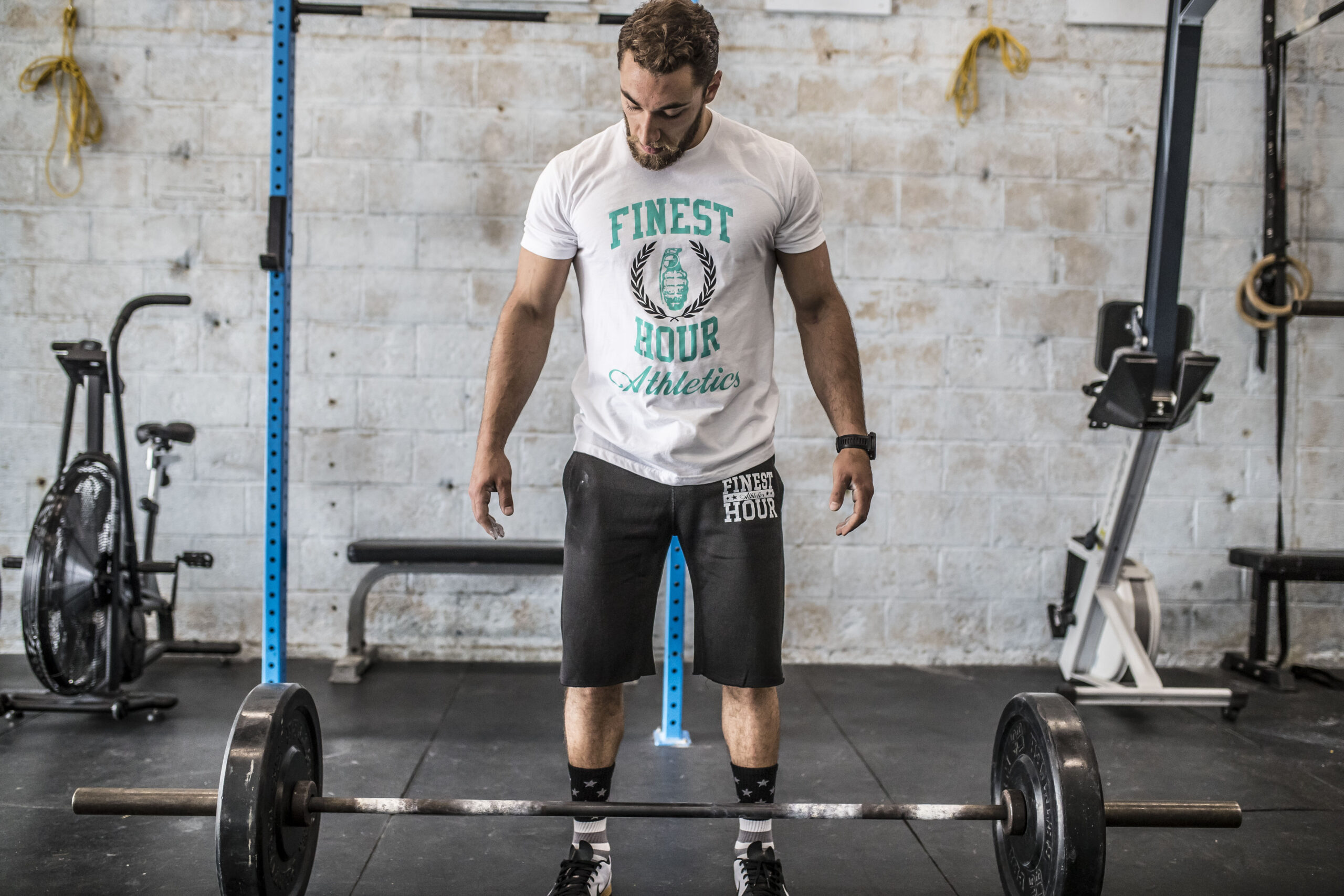The Rated Perceived Exertion (RPE) scale is a tool to gauge someone’s effort. It was originally called the Borg Scale which rated someone’s exertion on a scale of 6-20 and was developed primarily for endurance exercises. When it came to anaerobic exercises using sets and reps it was sometimes unreliable so another system, developed by Mike Tuchscherer was made. He modified it using a “reps in reserve” approach (RIR). This system is what a lot of strength athletes use today. The RPE scale is a scale of 1-10 and tells us how many more reps an individual could have done. It is
commonly believed that, for example, a RPE 8 is very close to one’s 80%. A brief explanation is below (this is my interpretation)
RPE
1- warm up / air / why / able to hit 9 more reps
2- still warming up / able to hit 8 more reps
3- really / still warming up / able to hit 7 more reps
4- solid warm up / able to hit 6 more reps
5- ok, got some juice flowing / a better warm up than 4 / able to hit 5 more reps
6- able to hit 4 more reps / should have added weight to be at a RPE 7
7- able to hit 3 more reps / sweet spot for hypertrophy & kind of strength
8- able to hit 2 more reps / sweet spot for hypertrophy & strength
9- only able to hit one more rep but rather not / seeing Jesus’ sandals
10- at the gates / can’t do one more rep / Max Effort / Soul may have left body
Ok cool, so now we have a scale but what does that do for us? Using a RPE scale can help with managing fatigue, recovery, and gives us a sense of “work” without overdoing it. There is a learning curve to using it but once this is developed it can take your training to the next level!!
Written By: Eduardo Cruz
CSCS, PN1
Follow Eduardo on the Gram @coach_emcruz_














